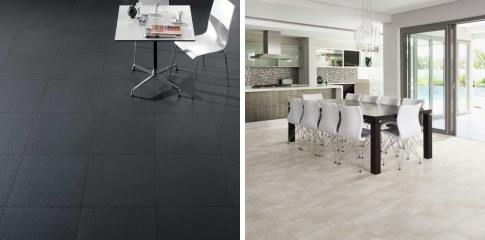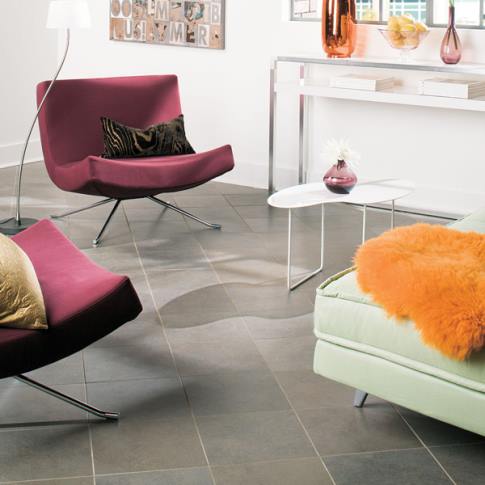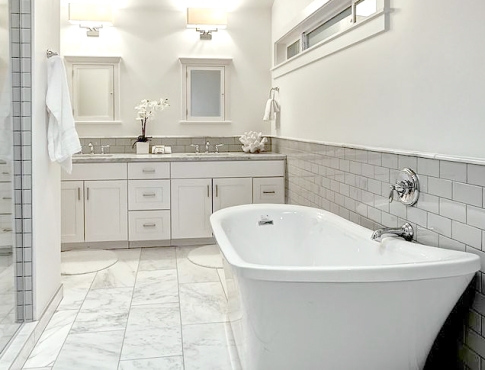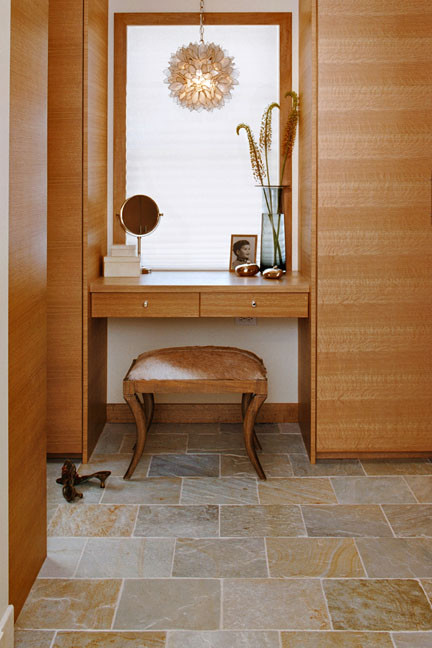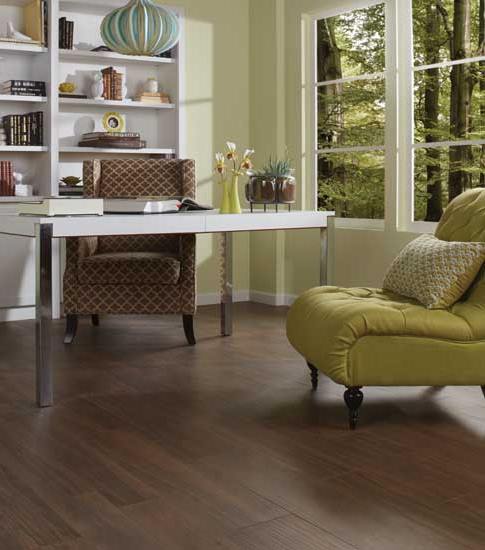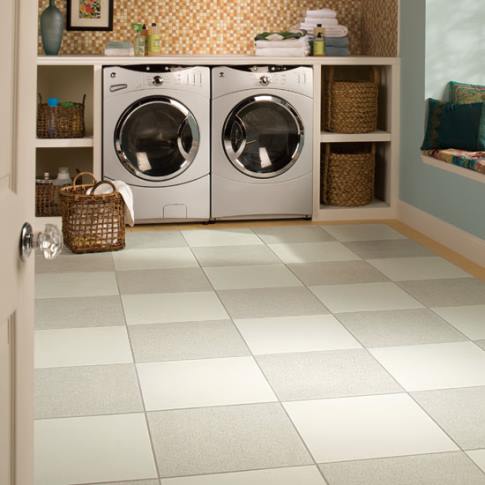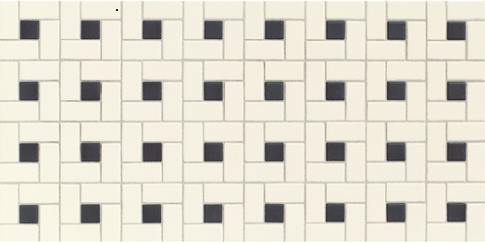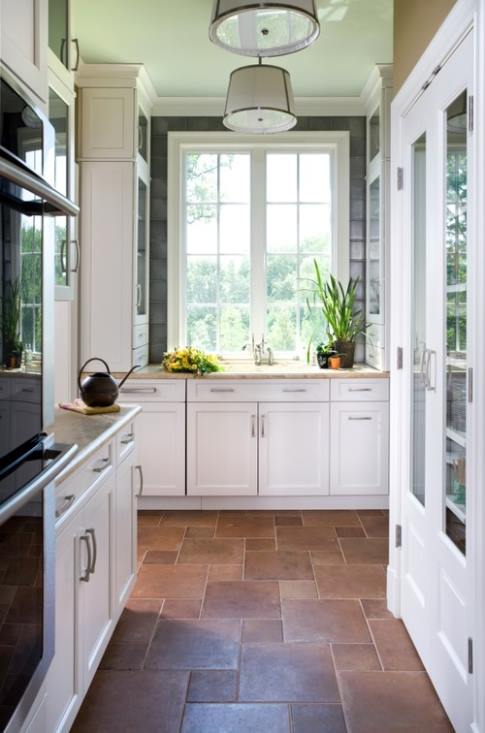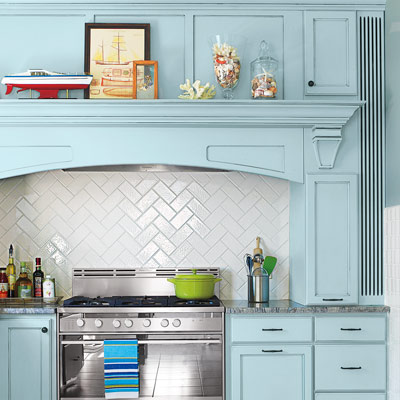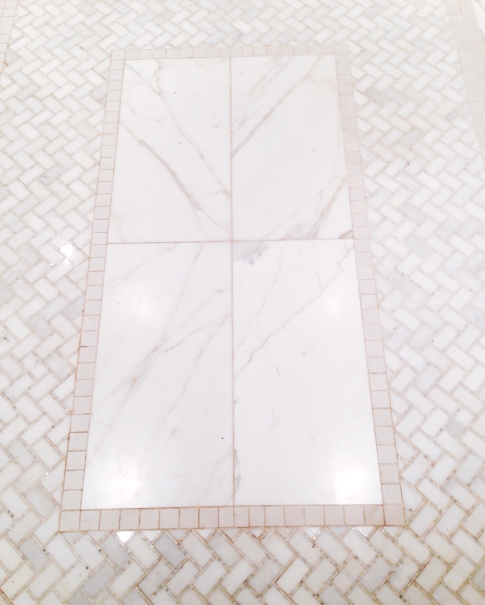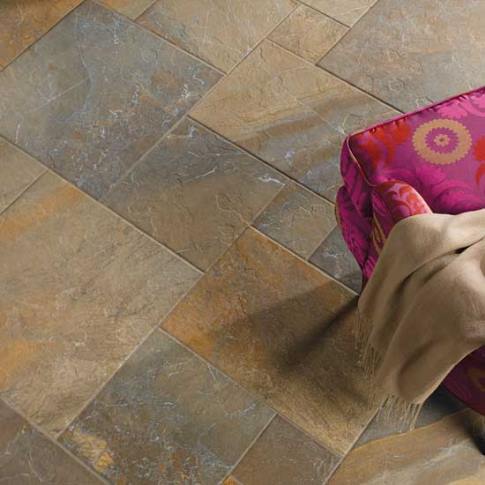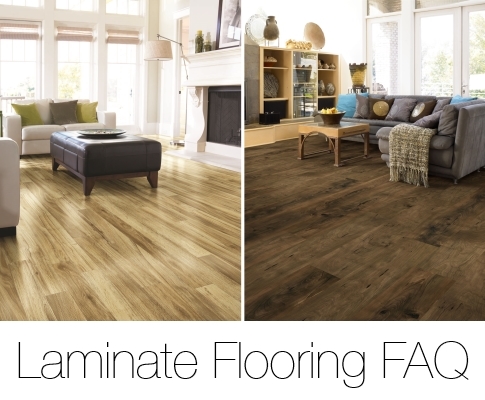
We have answered our most frequently asked questions about laminate flooring to provide you with a comprehensive guide to laminate.
What is laminate flooring?
How is laminate flooring made?
What is the difference between laminate and engineered hardwood?
What are the advantages to using laminate?
What is an AC rating?
Where can I install laminate flooring?
Do I need to use underlay?
Can laminate be refinished?
How do I clean laminate flooring?
Laminate flooring is a multi-layer man-made flooring surface. It is a durable, cost effective plank flooring option. Most laminates mimic the look of hardwood but there are some options on the market that look like tile.
How is laminate flooring made?
Laminate floors are made of several layers fused together using high pressure. The four layers that make up laminate floors are:
1. The Backing
This layer is designed to support the structural integrity of the floor and create a barrier against moisture.
2. The Core
Each manufacturer uses different materials for the core. HDF (High Density Fibreboard) and MDF (Medium Density Fibreboard) are two commonly used core materials. Using a fibreboard core creates a structurally strong flooring surface.
3. The Photographic Layer
The core is topped with a high resolution photograph of real hardwood planks. This layer gives the laminate its “wood look.”
4. The Wear Layer
The top layer of laminate flooring is the wear layer. It is an extremely hard protective coating that protects the photographic layer from the wear and tear of everyday life and gives the flooring texture.
What is the difference between laminate and engineered hardwood?
Some misconceptions exist about laminate and engineered hardwood. They are not the same! Engineered hardwood floors have a real wood layer on the surface. This real wood layer is identical to the wood solid hardwood is made of. Laminate floors on the other hand, are not made using a real hardwood. They are made of fibreboard instead and the photographic layer gives the planks their “wood look.”
What are the advantages to using laminate?
Laminate is an inexpensive, durable option that gives the look of hardwood without the hefty price tag. It is more scratch, stain and fade resistant than hardwood.
What is an AC rating?
AC (Abrasion class) ratings are a standardized measurement that measures resistance to moisture, impact, abrasions, stains and burns. The AC rating is an indicator of where the product can be installed.
For your home, a laminate with an AC3 rating is highly recommended as the best choice that balances durability and value.
| Rating | Description |
| AC1 | Moderate residential – best for areas with light traffic such as bedrooms and closets. |
| AC2 | General residential – best for areas with medium traffic such as bedrooms and closets. |
| AC3 | Heavy residential/Moderate commercial – best for all rooms in a house and for light traffic commercial areas such as small offices. |
| AC4 | General commercial – best for higher traffic commercial areas such as boutiques, restaurants, and busier offices. |
| AC5 | Heavy commercial – best for high traffic commercial spaces like department stores and public buildings. |
Where can I install laminate flooring?
Laminate flooring is well-known for its versatility and can be installed almost anywhere. It is suitable for installation over above grade or below grade wood or concrete subfloors. Laminate flooring should not be installed in moist areas such as bathrooms, saunas or enclosed porches. Exposing laminate floors to moisture for extended periods of times may cause the floor to warp or swell.
Yes, underlay is necessary for all laminate floor installations. It helps soundproof the floor and hides very minor deviations in the subfloor. Underlay with a vapour barrier is recommended for all below grade installation to keep the moisture away from your floors.
No. Laminate floors cannot be refinished like hardwood floors can.
How do I clean laminate flooring?
Check with your manufacturer to see what cleaning methods and products are recommended to keep your floors clean. If you have purchased laminate from MIRA, feel free to give us a call to find out what company manufactured your laminate. If you don’t know the manufacturer of your laminate, we recommend following these basic guidelines:
- Use a damp cloth to clean up spills as soon as they happen.
- Sweep, dust or vacuum regularly. If using a vacuum, use a hard surface attachment not a beater bar.
- Clean the floor using cleaning products designed for laminate floors to prevent harsh chemicals from damaging the finish. We recommend Bona or Shaw R2X.
- Use entry mats to collect dirt and grit that could be tracked onto your floor and scratch it.
- Do not wash or wet mop the floor with soap, water, detergent or any other liquid cleaner.
- Do not use steam mops or any polishing/buffing machines.
Do you have a question that we didn’t answer? Feel free to give us a call at 604-856-4799.

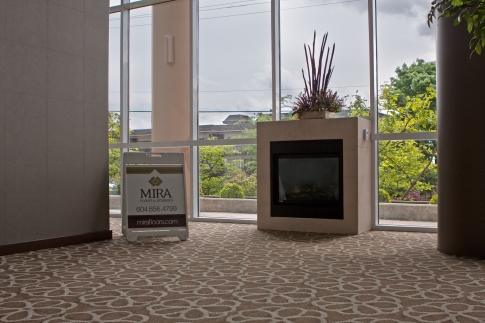
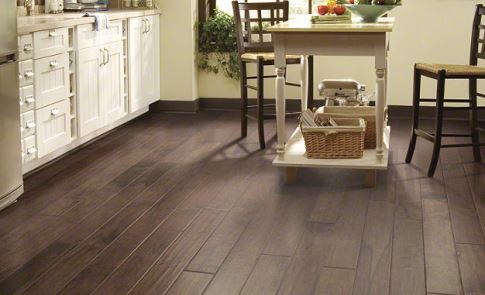
 Mt Lehman Winery – Platinum Reserve Merlot 2011
Mt Lehman Winery – Platinum Reserve Merlot 2011